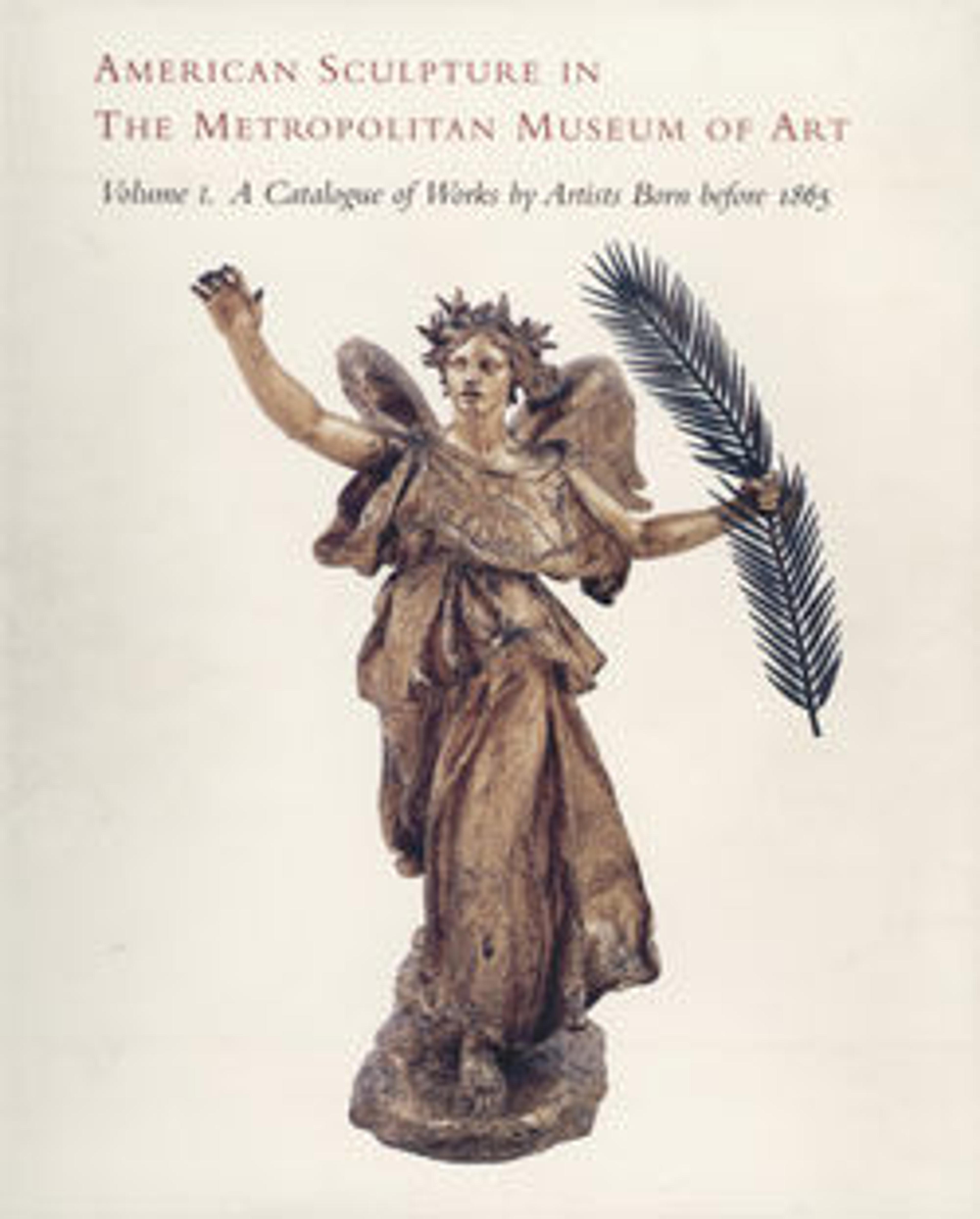Medea
In the ancient Greek tragedy by Euripides, Medea was the sorceress who assisted Jason in obtaining the Golden Fleece and later became his wife. When he abandoned her, Medea murdered their two children and planned the death of his new love, Creusa. To nineteenth-century theater audiences, Medea was a sympathetic character forced to choose between relinquishing her children and protecting them by destroying them herself. Story similarly deemphasized Medea’s revenge, leaving to the viewer’s imagination the scene of infanticide to come.
Artwork Details
- Title: Medea
- Artist: William Wetmore Story (American, Boston, Massachusetts 1819–1895 Vallombrosa)
- Date: 1865; carved 1868
- Culture: American
- Medium: Marble
- Dimensions: 82 1/4 x 26 3/4 x 27 1/2 in. (208.9 x 67.9 x 69.9 cm)
- Credit Line: Gift of Henry Chauncey, 1894
- Object Number: 94.8a–d
- Curatorial Department: The American Wing
More Artwork
Research Resources
The Met provides unparalleled resources for research and welcomes an international community of students and scholars. The Met's Open Access API is where creators and researchers can connect to the The Met collection. Open Access data and public domain images are available for unrestricted commercial and noncommercial use without permission or fee.
To request images under copyright and other restrictions, please use this Image Request form.
Feedback
We continue to research and examine historical and cultural context for objects in The Met collection. If you have comments or questions about this object record, please complete and submit this form. The Museum looks forward to receiving your comments.
